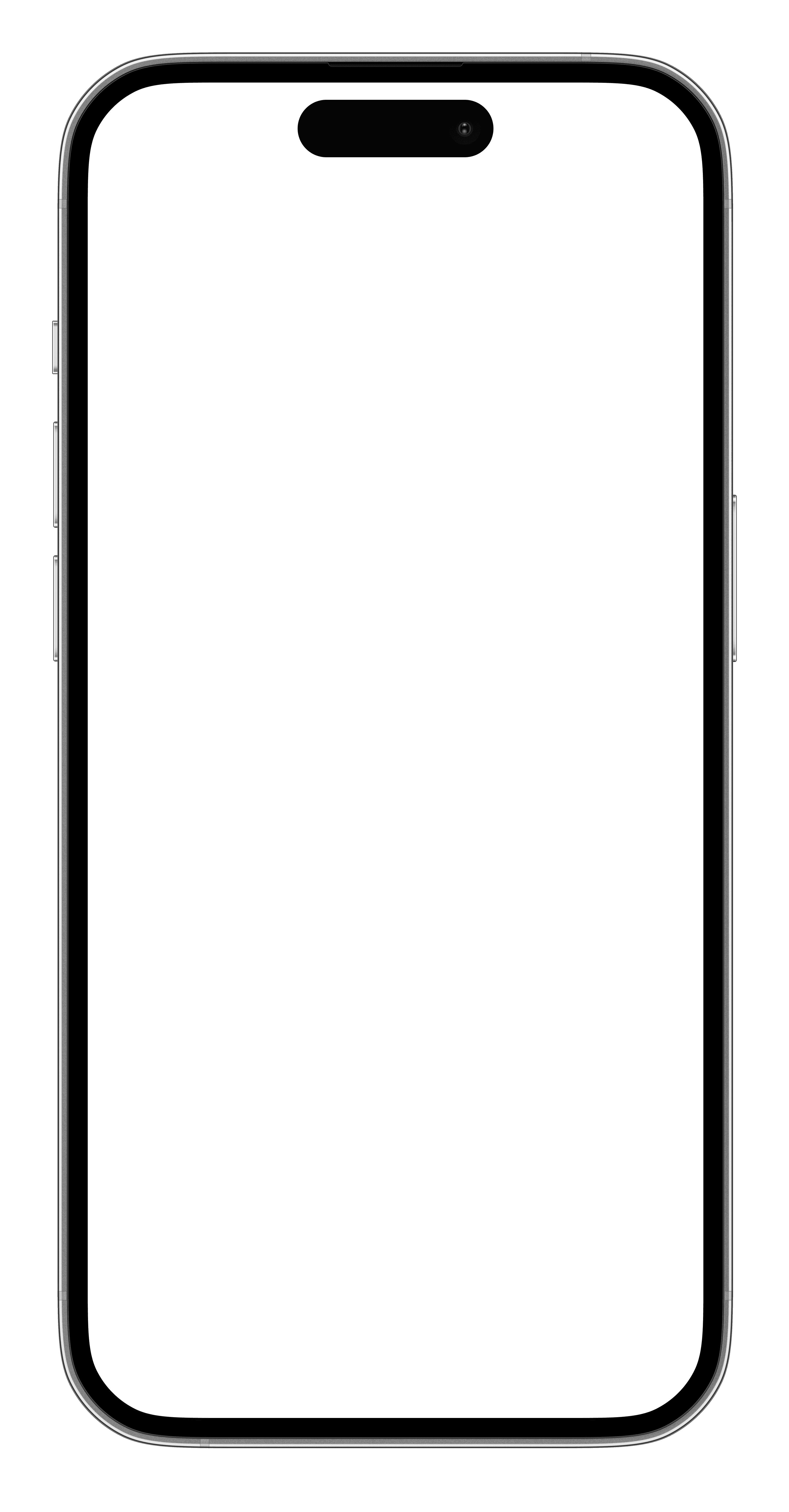
Reimagining Travel for Solo Adventurers
Jimoto is a social networking and travel planning app that allows users to match with an individual that will accompany them on their adventures. The travel planning experience is simplified as users are able to book their flights and activities on the app, allowing them to easily find their reservations and tickets all in one place.
As the lead UX Designer, I helped to conduct user and market research, created our brand identity and style guide, and crafted wireframes and prototypes. I also worked on the prospective business and profit model.
Challenge
Design an innovative product or service for the language, transportation, and travel industry, launch a Google Ads campaign, and create a complementary business plan.
Outcome
A mobile app for social networking and travel planning that connects users with local guides. It simplifies trip planning by allowing users to book flights and activities within the app, keeping all reservations and tickets in one place.
Background
People want to get out of the house after the pandemic.
After the COVID-19 pandemic, people have changed their priorities and desires. As we move past the chaos and uncertainty, there is a stronger desire for travel and a deeper appreciation for human connection. Many want to explore new destinations and reconnect with loved ones after long periods of isolation.
However, several barriers prevent many from traveling. Budget constraints, limited planning time, and concerns about health and safety are major factors that deter potential travelers.
Empathize
How can we find an opportunity gap in an overly saturated market?
Research Methods
Surveys, Interviews, Competitive analysis
User Research
27 survey responses
5 interviews
Demographics
Age 18-45
63% women, 37% men
The goal of our user research was to understand past experiences, identify core pain points, and learn how people navigated obstacles in their travel experiences. We distributed the survey on travel subreddits, Facebook groups, and among the UC San Diego study abroad community. The 27 survey responses informed the direction of our 5 in-person interviews, focusing specifically on transportation methods and experiences in culturally different locations.
We then analyzed five competitors (Airbnb Experiences, Bumble, Meetup, Travel Buddy, Uber) to see how they addressed user needs and pain points.
Define
Our interviews revealed that cultural differences were a major pain point in past travel experiences.
“The [travel-related] apps are usually generic and they make you experience the culture like a tourist and not a native.”
“There were times when I felt lonely and lost because I was traveling by myself, so it would have helped if there was an app that pointed me in the right direction and guided me.”
Other key insights
Digital over physical
It’s more accessible and convenient to have a digital guide.
Platform hopping
People have to navigate multiple platforms to meet their travel needs.
Lack of exploration
Most travel platforms cater to popular tourist recommendations.
Problem Space
How might we create a travel app that enables travelers to enjoy meaningful experiences while minimizing the stress associated with planning?
Ideate
We started to form the idea that would become Jimoto.
Our initial idea was a budget travel planner using TikTok and local recommendations to create personalized itineraries. Our AI-driven system would provide virtual tour guidance, suggest optimal arrival times, and recommend relevant apps based on destination specifics and budget constraints.
PAUSE. Back to the drawing board...
After receiving feedback from our mentor, we had to rethink our idea. We asked ourselves, what kind of product can set us apart from others on the market? This led us to explore many different ideas.
Then, Jimoto began to take its final form.
Taking bits and pieces from our initial idea and brainstorming session, we eventually came up with our final product:
An application that offers users a wide range of destinations and activities, allowing them to create an itinerary by swiping right. With just a few taps, users can book tickets, and hotels, and connect with a local or fellow traveler for an authentic experience.
Whether users know their travel destination or not, our application helps them find a location and activities, ultimately matching them with locals or other travelers for a more authentic experience.
Our mission was to enhance travel by connecting travelers with locals, fostering unique insights, cultural exchanges, and lifelong memories.
Deliver
It was time to bring our ideas to life!
Our team began experimenting with the user flow and crafting wireframes.
With time running out, we had to start designing our mid-fidelity prototype.
Testing
We conducted 2 usability tests to assess product viability and user flow.
Spoiler alert: it didn’t work out...
Our users liked the concept of our features, but were confused by some aspects of the interface that weren’t intuitive. They also noted that stronger authentication of locals’ identities would be important to them, as they value safety.
Reflection
There were many ups and downs, but I learned a lot!
This was my first time going through an end-to-end process, and it was rewarding to integrate my business background to better understand how business and design intersect. Much of our success is owed to my dedicated and passionate team, who gave their best efforts to this project.
The most important thing I learned was knowing when to stop. Our team kept brainstorming new features to solve user pain points in travel planning. However, it's crucial to realize that too many features can overwhelm the user experience.
Given more time, I would have focused on refining our prototype through further iterations and conducting additional usability tests. Following that, I would launch a secondary marketing campaign and an interest form to gauge the potential success of the product. It would have been fulfilling to see Jimoto transition from an idea to a tangible product!
















